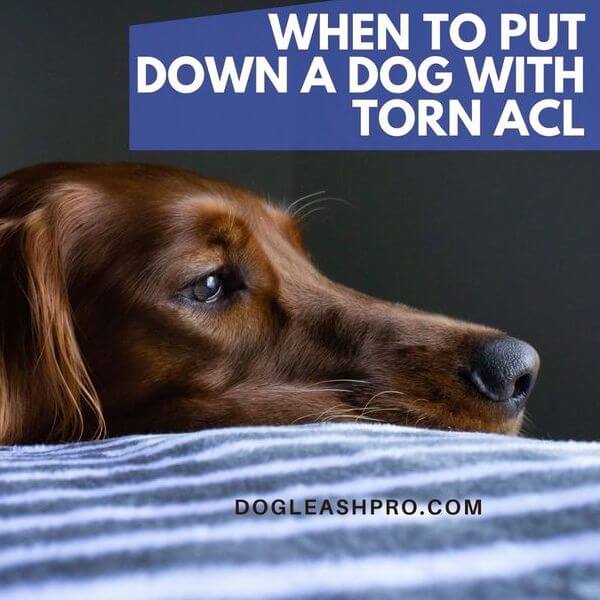
This procedure typically costs more than the extracapsular repair as it is more invasive to the joint. Several radiographs (x-rays) are taken to calculate the angle of the osteotomy (the cut in the tibia). Follow-ups are usually done either here or at the referring hospitals. Patients are sent home on two days after the surgery. We accept the referrals from other veterinarians across Victoria. TTO is an intensive procedure requiring precision to treat the cranial cruciate ligament deficiency. This surgery is has been conducted at Eltham Veterinary Practice for over 5 years now. The cruciate ligament remnants may or may not be removed depending on the degree of damage. As before, the knee joint still must be opened and damaged meniscus removed. With this surgery, the tibia is cut and a wedge is removed in such a way that the natural weight-bearing of the dog actually stabilizes the knee joint. This is an extremely effective way of managing cruciate disease. This eliminates the stress on the cruciate ligament. Performing a TTO for a dog corrects the angle of the tibial plateau to make it flat, more like a human’s. This procedure uses a fresh approach to the biomechanics of the knee joint and addressed the lack of success seen with the lateral suture technique long term in larger dogs.
#Torn acl in dogs full#


Typically, after several weeks from the time of the acute injury, the dog may appear to get better but is not likely to become permanently normal. This kind of joint disease is substantially more difficult for a large breed dog to bear, though all dogs will ultimately show degenerative changes. Osteophytes are evident as soon as 1 to 3 weeks after the rupture in some patients.This process can be arrested or slowed by surgery but cannot be reversed. Bone spurs called osteophytes develop resulting in chronic pain and loss of joint motion. Wear between the bones and meniscal cartilage becomes abnormal and the joint begins to develop painful arthritis (degenerative joint disease). Without an intact cruciate ligament, the knee is unstable. What Happens if the Cruciate Rupture is Not Surgically Repaired An owner should be prepared for another surgery in this time frame. Larger overweight dogs that rupture one cruciate ligament frequently rupture the other one within a year’s time. The lameness may be acute but have features of more chronic joint disease or the lameness may simply be a more gradual/chronic problem. Stepping down off the bed or a small jump can be all it takes to break the ligament. The TTO procedure OUTLINED BELOW corrects the angle of the tibial plateau to make it flat.

Humans have a perfectly level tibial plateau which explains why they are not prone to repeated low-level injury. On the other hand and more commonly, most dogs rupture their cruciates due to repeated low level injury, especially if overweight. Dog’s knees move in very much the same way as human knees, but if the top of the tibia (the tibial plateau) slopes backwards in the dog’s knee it puts stress on the cruciate ligament and can cause the ligament to rupture with repeated low grade stress.

This is usually a sudden lameness in a young large-breed dog.Īt Eltham Veterinary Practice the most common breeds we see for ruptured cruciates are: Golden Retrievers, Rottweilers, Labrador Retrievers, Border Collies and Staffordshire Bull Terriers. One is a young athletic dog playing roughly who takes a bad step and injures the knee. Several clinical patients are seen with ruptured cruciate ligaments. Another reason for radiographs is that occasionally when the cruciate ligament tears, a piece of bone where the ligament attaches to the tibia breaks off as well.Īrthritis present prior to surgery limits the extent of the recovery after surgery though surgery is still needed to slow or even curtail further arthritis development. Since arthritis can set in relatively quickly after a cruciate ligament rupture, radiographs to assess arthritis are helpful. This is especially true with larger dogs. Often sedation is needed to get a good evaluation of the knee. Our vets diagnose a ruptured cruciate ligament by demonstrating an abnormal knee motion called a drawer sign, as well as quadriceps muscle wasting, knee pain and reduced ROM (range of movement). Ruptured Anterior (Cranial) Cruciate Ligament


 0 kommentar(er)
0 kommentar(er)
